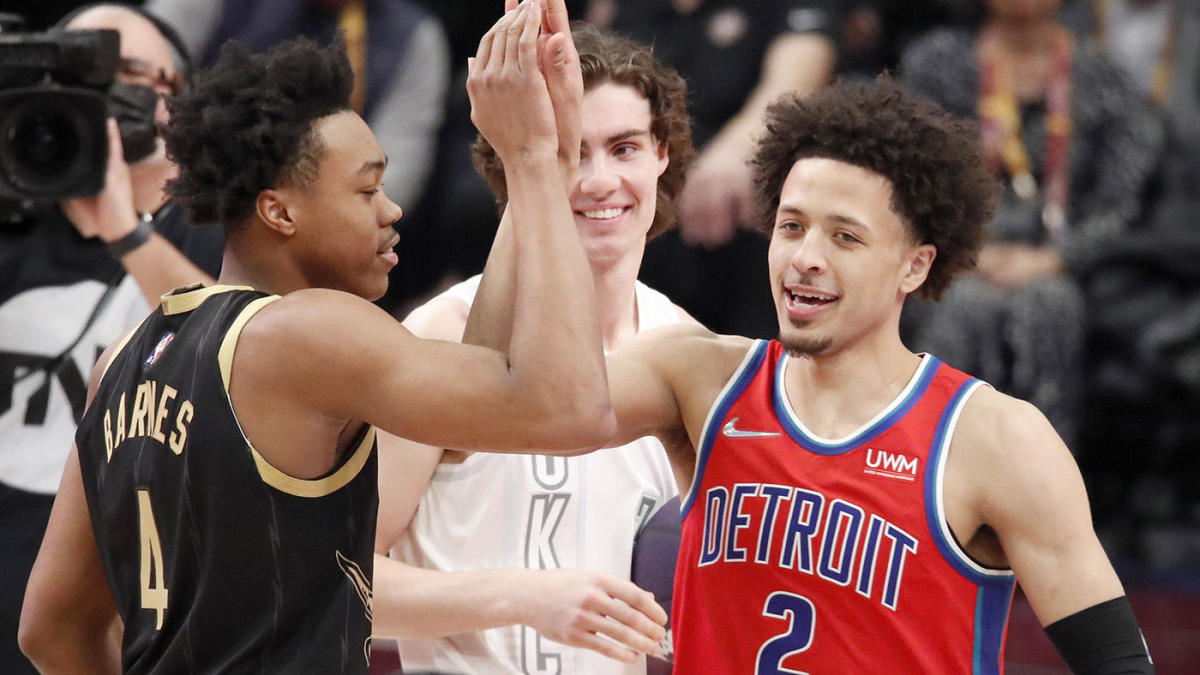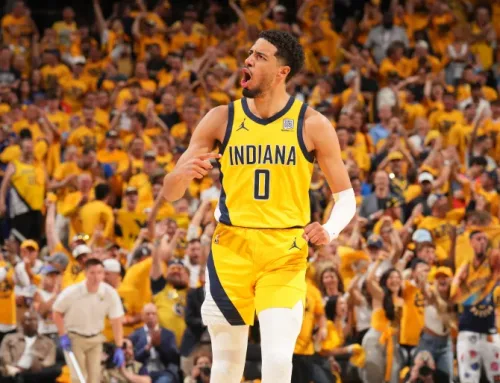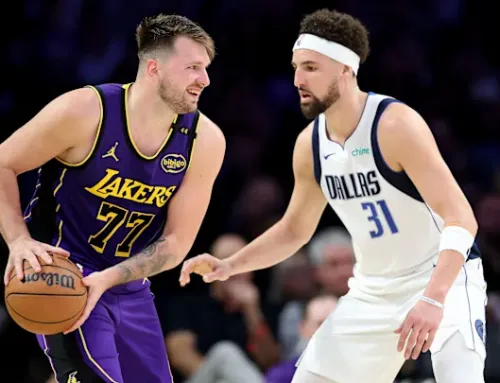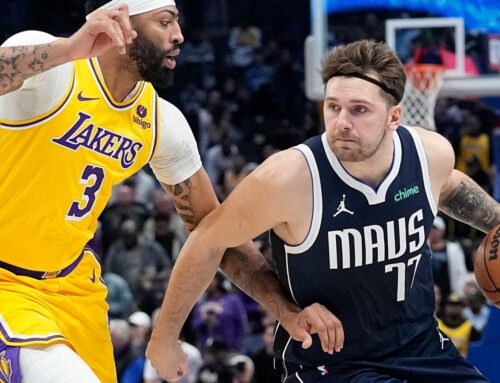All-Rookie Teams & Full Season Rookie Report
By: Avi Tyagi
First Team: Cade / Mobley / Scottie / Herb / Franz
I don’t anticipate any of these being that surprising. The top 3 rookies, the best perimeter defender in this class, and the most efficient and versatile offensive rookie this season. That seems proper.
Second Team: Green / Davion / Suggs / Giddey / Kuminga
My second team selections are likely more controversial. Each of these prospects individually has at least one standout aspect of their game that is boosting their candidacy. Jalen Green has scintillated at times as an on-ball scorer. Suggs and Davion have immediately translated on defense. Giddey’s passing has been best-in-class. Of all the remaining options, with several spacing wings, sparkplug guards, and scoring center options on deck, I gave a spot to Kuminga. He’s functional as a defender and has decreased his share of swipe fouls over the season, although, thus far, he’s not an option to cover the best opposing wing. He’s not offering much as a passer yet, although he has started developing a feel for handoff actions. It’s his instant impact as a potent paint presence and dynamic driver in space that earns him this spot. The second team presents a more nebulous evaluation process because perhaps other rookies who have supplemented their teams far more successfully this season could be designated choices. I selected this group due to the difficulty of their responsibilities and their flashes of brilliance, even if their immediate impact in totality was relatively muted. Almost all of these selections have made an appearance on my prospects list, save for one. This is where we get to my full season rookie report.
Full Season Rookie Report (Summarized Version)
There have been some sizable changes. First, we have a new entry to the list. Introducing Davion Mitchell. He was one of the finalists that barely missed out on a spot last time. In fact, I even had a whole writeup for him. TLDR; he’s one of the better guard defenders already, holding opponents to 2% worse shooting than expected, despite predominantly matching up against opposing team’s primary guard initiators. He’s an excellent PnR initiator, with sneaky functionality and alacrity on his reads. His handle is incredible and combines with his strength and speed to self-create batches of easy attempts across the perimeter. His jumper has basically translated as his college free throw percentage indicated. Every shot he takes is a mini-adventure. On almost every jumper, the release angle of his shots cannot be anticipated. He’ll give you high arcs and flat releases on back-to-back shots. Some of his J’s even miss wildly to either side of the rim, emblematic of the lack of uniformity on the release. At the midseason mark, his free throw rate was astronomically low (a 7% mark) and he was only converting 54% of his shots within 8 feet of the hoop. Post All-Star break, Davion made some changes to his shot profile. Many of his difficult floaters have become craftier layups on extended drives into the paint. As such, he’s converted 59% of his shots within that same zone (bumping his full season average to 57%). Using change of directions to drive further into the paint have allowed Davion to marginally increase his free throw rate (a 10% figure post all-star break). At the least, if he can convert adequately on drives to the rim, draw more contact and more trips to the line, and continue to be a fantastic pick and roll initiator, that’s enough for me to grant him a spot on the list, with the hope that someone may finally help him develop his shooting.
Whose spot does he take? For now, it will have to be Miles McBride. Evaluating G-League prospects without NBA reps proves to be a difficult exercise, particularly when you’re on fire from 3. His rim frequency in college (only 19% of his shots in college were rim attempts) did not paint the picture of an easy creator in the paint. For most guard prospects, 19% is a particularly low college figure, especially when advantages should theoretically be easier than they would be in the league. It is easier to make some considerations for that marker due to his aptitude in other facets of the game and the surrounding spacing. Once in the G-League, his rim finishing and frequency still did not stand out, but the rest of the package earned him the benefit of the doubt. At the NBA level, the flashes have been sparse in nature. Some of it is due to a clash of play styles. As a developing guard, he enjoys operating with plenty of time to set up actions. An average touch for Deuce lasts 5 seconds, one of the lengthiest figures across the entire league. However, that style requires an NBA team to be willing to let him explore those actions as a primary. He has not frequently been able to attack NBA-defender closeouts or made enough shots at the NBA level to ingratiate himself and thus, primary reps have been infrequently available for Deuce. He’s still so effective as a defensive force that the Knicks outscore opponents by 3 points in his 9 minutes per game, but that’s also partially due to a small sample against fellow backup units. As an off-ball defender, he still sinks too far into the paint at times as well, perhaps not anticipating the speed with which NBA players can release accurate attempts. Those developmental errors are likely also responsible for reducing his role to short stints off the bench. With the substitutions covered, let us transition to examining the additional changes to the list.
Scottie Barnes, welcome to the opening name slot on the call sheet. Scottie’s done a phenomenal job on both sides of the ball, developing the capabilities to handle tougher defensive assignments while also becoming a more enterprising force. He’s traded in some pullup attempts to focus on drives and cuts. He’s scoring on 50% of his drives, compared to 40% previously. The change is mostly driven by slight improvements to his handle and his footwork. He’s quickly adapted to taking advantages of closeouts from the perimeter, and the crisper moves unbolt more real estate in the paint. As a cutter, he’s always been incredible, but now, he’s further ramped up his zippy movement and teammates are now continuously on the watch for his actions. He scores 2.3 points per game off of cuts, tied for the 4th highest figure among non-Bigs. His shot is still a work in progress, but the improvements appear encouraging. Defensively, he’s already become arguably the second-best defender for the Raptors. His man-to-man defense is excellent due to his sound fundamentals and his ability to quickly discern plays. As a help defender, if anything, he’s sometimes too eager to wall off the paint. He might not yet be a small-ball 5 option, but his impeccable timing provides some rim protection for weakside blocks, resulting in a credible 2.1% block rate. He fouls infrequently, and yet still maintains a 1.5% steal rate, due to active hands. Coupled with his incredible versatility, as one of the few true switchable options across the positional spectrum, Scottie is effervescent in almost all aspects of the game.
Another significant change: Jalen Green has unlocked his pullup shooting over the last month. He’s far more balanced, likely due to increased reps, modest physical development, and a better understanding of timing on his sets. Additionally, his footwork now works in concert with his release. It’s a major development for an electric scorer.
Other smaller moves: Over the finishing 3 months of the season, Cade’s usage rate has skyed past the 30% threshold, yet he’s actually improved his true shooting percentage by over 4% during the stretch and still maintained solid positional defense. Ziaire Williams is finally starting to earn opportunities to self-generate offense through drives or pull-ups in certain matchups, with polished results thus far.
With that preamble complete, here is the updated list. It is purposefully not marked with numbers to be more receptive to changes due to play. Overall, the class has improved tremendously throughout the second half of the season.
Scottie, Cade, Mobley, Jalen Green, Kuminga, Franz, Moody, Herb, Ziaire, Suggs, Giddey, Davion, Josh Christopher, I-Jax, Hyland, Sengun
There are two more additional changes I’ve made. First, for now, I’ve moved the 3 and D prospects above several of the guards with larger offensive loads. My reasoning: over the past decade, it is very difficult to find any high-level starting guard with rookie campaigns that displayed overall inefficiency in the realm of Suggs, Giddey, and Davion (under 50% true shooting for the season). Only 3 prospects fit that bill: Poole, Kemba, and Garland. Those stars had far more favorable shooting indicators than the aforementioned trio. Defensively, these rookies have shown far more than those predecessors, but it’s about the offense. As of now, Suggs, Giddey and Davion provide far more value as on-ball creators, due to their jumpers. Their shots limit their scope as true spot-up options and neutralize their ability to attack close outs. However, even when scaling for rookies, these guards are not so dominant as creators of easy shots for themselves and teammates as to counteract some of those foibles. Suggs trucks through contact for free throws, Giddey’s cuts have helped generate easier shots and passing reads for him near the block, and I’ve already mentioned Davion’s improvements. Nonetheless, the gap is still substantial enough between that triad and the threshold of high-level starters at their respective positions that the promising 3 and D+ prospects (who have demonstrated growth in more subtle facets of their games) vault up the list for now.
I also added an extra spot in this list just for Nah’Shon Hyland. He just decided to scorch the nets in the month of March. Shooting 51-48-80 in route to a 69.4% true shooting percentage over the course of a month shows up on the radar promptly, especially when it becomes a key focal point of an offense seeking any creation to secure a playoff spot. I’m not sure I see Hyland as a high-level offensive creator at any point, due to an inability to generate any attempts near the rim and his defense does go hand-in-hand with his nickname, but his dynamism as a scorer cannot be undersold. He’s one of the best pull-up creators in the class and a secretly phenomenal cutter. His jumper and his handle make him a viable PnR operator, and the celerity of his movements and his attentiveness reading the play make him a fantastic passer out of the PnR. He dashes down the court in transition as well, which perfectly suits the strengths of his play. He already profiles as a perennial 6th man candidate, but marginal improvements to his strength might unlock more for him than almost any other rookie. Anyway, that fusion of skills makes Hyland one of the most electric offensive engines in the entire class.
For extended write-ups on all the other prospects, check out the 3 previous midseason rookie reports.
